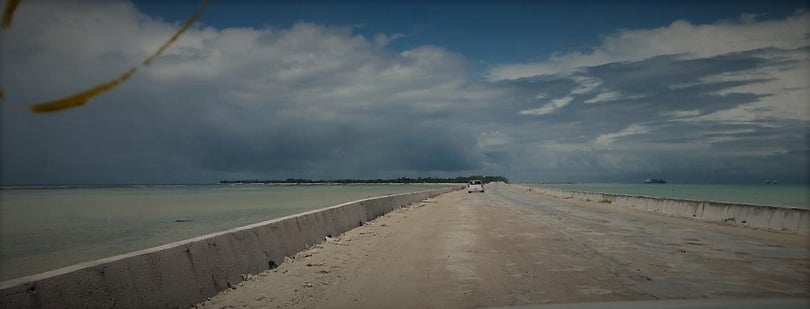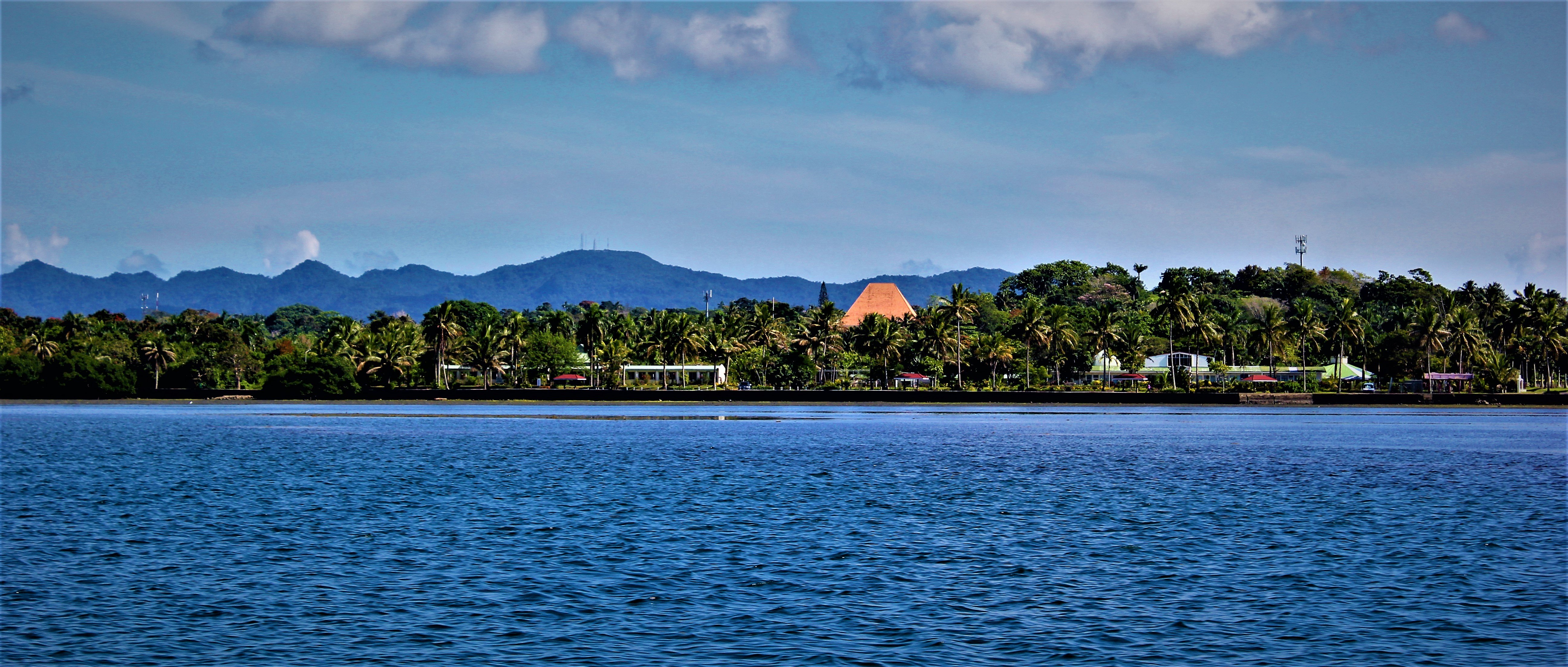In November 2016, the Moroccan city of Marrakech hosted the 22nd Conference of the Parties (COP 22) under the United Nations Framework Convention on Climate Change (UNFCCC). The UNFCCC provides the foundation for international cooperation to combat climate change and its impacts on nations and the environment. Both the Kyoto Protocol and the Paris Agreement sit within this framework. The Conference of the Parties serve as formal meetings for parties to the UNFCCC where member nations can take stock of their progress, monitor the implementation of their obligations and continue discussions on how best to tackle climate change. Marrakech also served as the first session of the Conference of the Parties serving as the meeting of the Parties to the Paris Agreement (CMA 1). Marrakech followed COP 21 in Paris, which culminated in the much-lauded Paris Agreement. Marrakech was seen as the opportunity to tie up loose ends and finalize details for implementation of the Paris Agreement.
In this bulletin we examine why climate change is an important legal issue for oceans, and provide an overview of the significant achievement of COP 21 in Paries, what happened in Marrakech and look forward to the opportunities and challenges at COP 23 in Bonn where Fiji will take a leading role and at what is being dubbed as "the Pacific COP".

This is a causeway between Bairiki and Betio Island, two of the main commercial centres in Kiribati The causeway is damaged quite often by storms and is often impassable.
Why is climate change as important legal issue for oceans?
Developments in the international climate change regime are important for practitioners in oceans law and policy because climate change is a global commons problem with severe implications for the ocean environment. Understanding and inputting into the processes under the UNFCCC provides an opportunity to highlight or address localized or regional issues pertaining to the intersection of oceans and climate change. The Pacific is already seeing climate change induced ocean issues, from coral bleaching, fish stock depletion or displacement, to coastal inundation due to sea level rise. Warm ocean waters are also associated with the development of powerful cyclones, and is something that we in the Pacific are beginning to see more of. In February 2016, TC Winston devastated Fiji and was the second strongest cyclone ever recorded to hit land.
Paris Agreement
At the end of COP 21 in Paris, the Paris Agreement was finalized, setting out broad goals and the framework for international climate action. The Paris Agreement’s central aim is to strengthen the global response to the threat of climate change by keeping a global temperature rise this century well below 2 °C above pre-industrial levels and to pursue efforts to limit the temperature increase even further to 1.5 °C. The Paris Agreement entered into force shortly before the Marrakech meeting began last year, and to date it has been ratified by 133 nations.
The Paris Agreement is seen as a more robust instrument than the Kyoto protocol because, inter alia, it includes commitments by both developing and developed countries, and notably the world’s two largest emitters, the US and China. The US was not a party to the Kyoto protocol, and while China was a party, it was Non-Annex I party to the convention meaning that it did not have obligations to reduce its emissions. The Paris Agreement also employs a ‘bottom-up’ approach, where each country sets Intended Nationally Determined Contributions (INDC) that identify their post-2020 voluntary national climate targets. Upon ratification of the Paris Agreement INDCs become Nationally Determined Contributions (NDCs). NDCs are not legally binding but nations must take action “with the aim of achieving” their goals set in their NDC.
The ‘ratchet mechanism’ is a compliment to NDCs providing a 5 year review period where nations submit new NDCs with progressively more ambitious targets. This process of ratcheting up emission reduction with each iteration of review allows each Party time to progressively build up institutions and governance regimes to bolster NDC commitment. Also, through the private sector and market forces, technology innovation and declining costs over this timeframe further aid emission reduction targets as well as adaptation and mitigation opportunities.
What does COP 22 set out?
While Marrakech was initially seen as the ‘implementation COP’ for the Paris Agreement, it failed to accomplish this due to a failure to reach a consensus on key issues, instead it provided a timeline for further action. 2018 was identified as the deadline for finalizing the necessary rules and documents guiding and implementing the Paris Agreement, with a review of progress in 2017.
Climate finance
Many of the countries that are most vulnerable to the impacts of climate change, such as small island developing states (SIDS), do not have the resources to adequately initiate adaptation or mitigation efforts to meet their obligations. To address this issue the Paris Agreement stipulates that the developed country Parties shall provide financial resources to assist developing countries with their adaptation and mitigation efforts. In 2016, following Paris and an earlier commitment in 2010, a roadmap with the goal of mobilizing US$100 billion per year by 2020 for climate action in developing countries was developed. This roadmap set out the pledges and initiatives of developing countries and a host of multilateral development banks to reach the US$100 billion target.
Challenges moving forward
The challenges moving forward are many and varied. Political threats to the implementation of National climate action plans, threaten to weaken the Paris Agreement. Nowhere is this more pronounced than in the US. Donald Trump’s win in the 2016 US presidential elections hung over COP proceedings in Marrakech, where it was feared that Trump would act on his threats to pull the US out of the Paris Agreement. The US is the second largest emitter of carbon dioxide in the world and its withdrawal from the Paris Agreement has the potential to impact the adoption and implementation by the remaining parties. This is important to note as a lack of cooperation was in part attributable to the Kyoto Protocol’s poor traction. Since gaining the Presidency of the United States Trump has started rolling back Barack Obama’s landmark policy (the clean power plan) that set limits on power plant emissions. There is a real risk that the US will renege on its commitment to the Paris accord.
COP 23 will take place from 6 to 17 November in Bonn, Germany and will be convened under the Presidency of Fiji. COP 23 will continue negotiations on the finer details and rules that are to be established for the implementation of the Paris Agreement. Fiji’s role in Bonn provides a platform for the Pacific to present their immediate threats and challenges.
Conclusion
The Paris Agreement was a success in that it achieved near universal support. The diplomacy involved and the politics of reaching a consensus on these issues should not be underestimated. Real success however rests on how successful implementation will be and if these successfully achieves how close to “holding the increase in the global average temperature to well below 2 °C above pre- industrial levels.” As we move towards Bonn there are opportunities and threats. The exciting opportunity for FIji is that under its leadership it can provide a voice for the Pacific in calling for implementation, but the threat of how the US could undermine the work that has been done will be hanging over proceedings.


